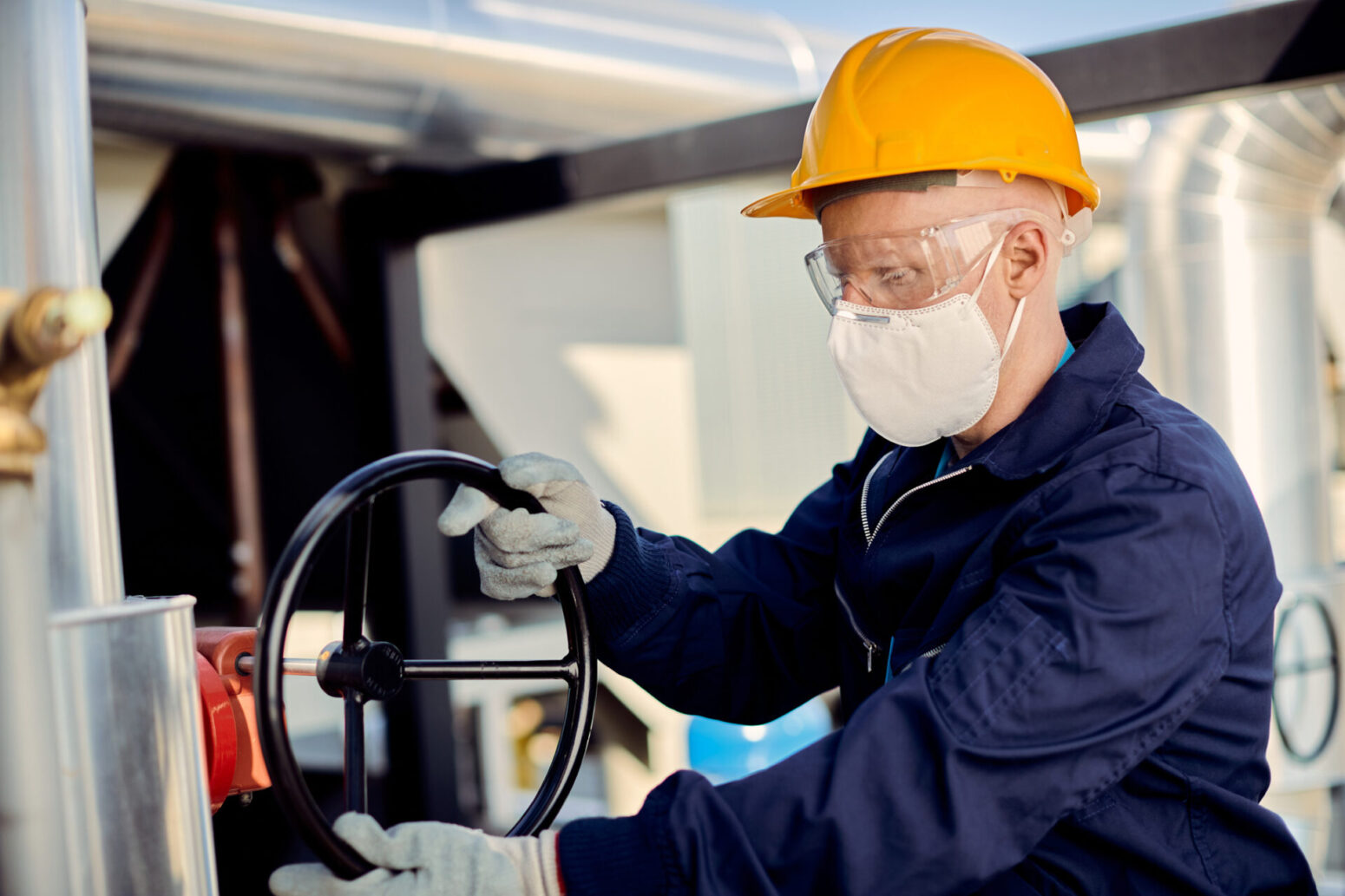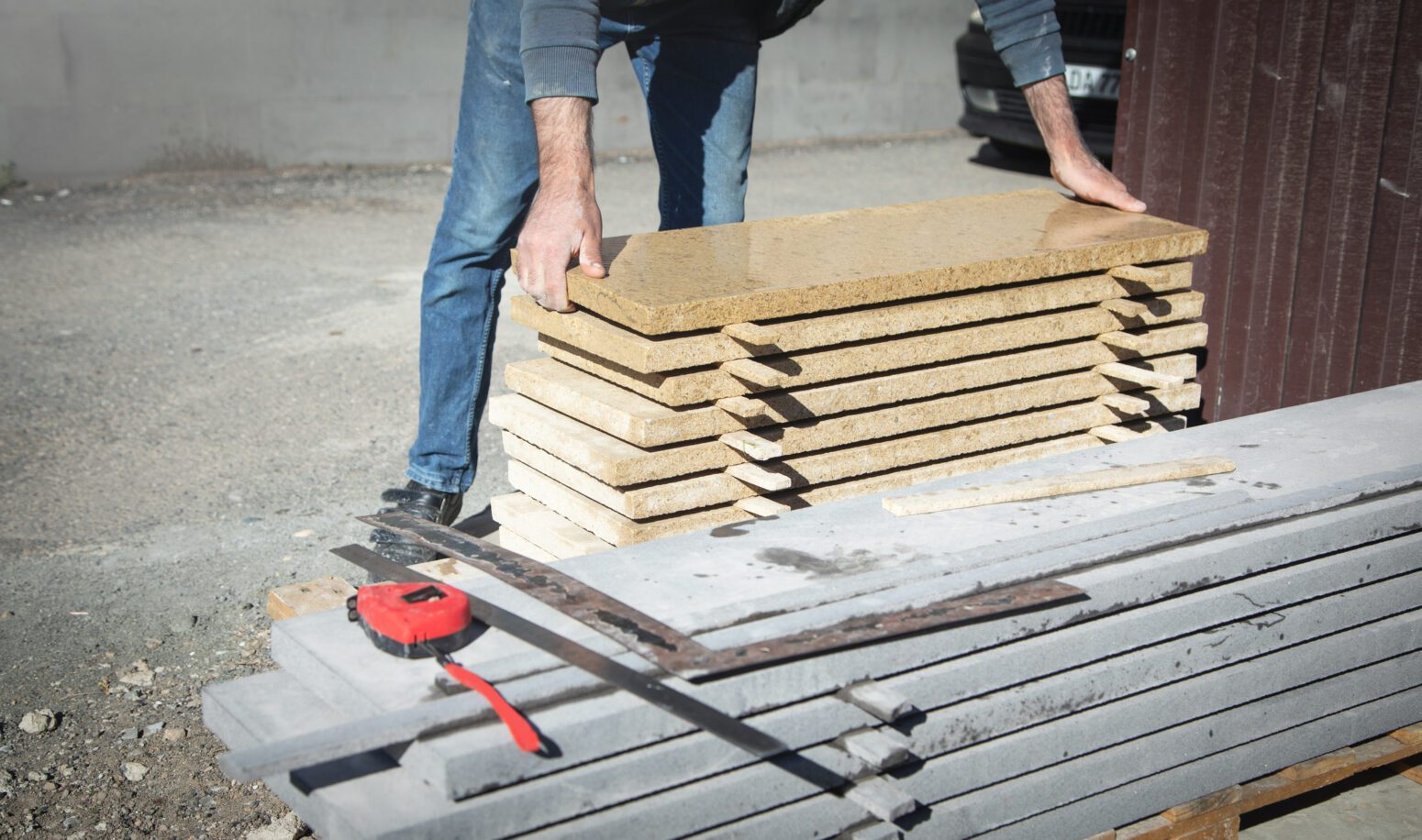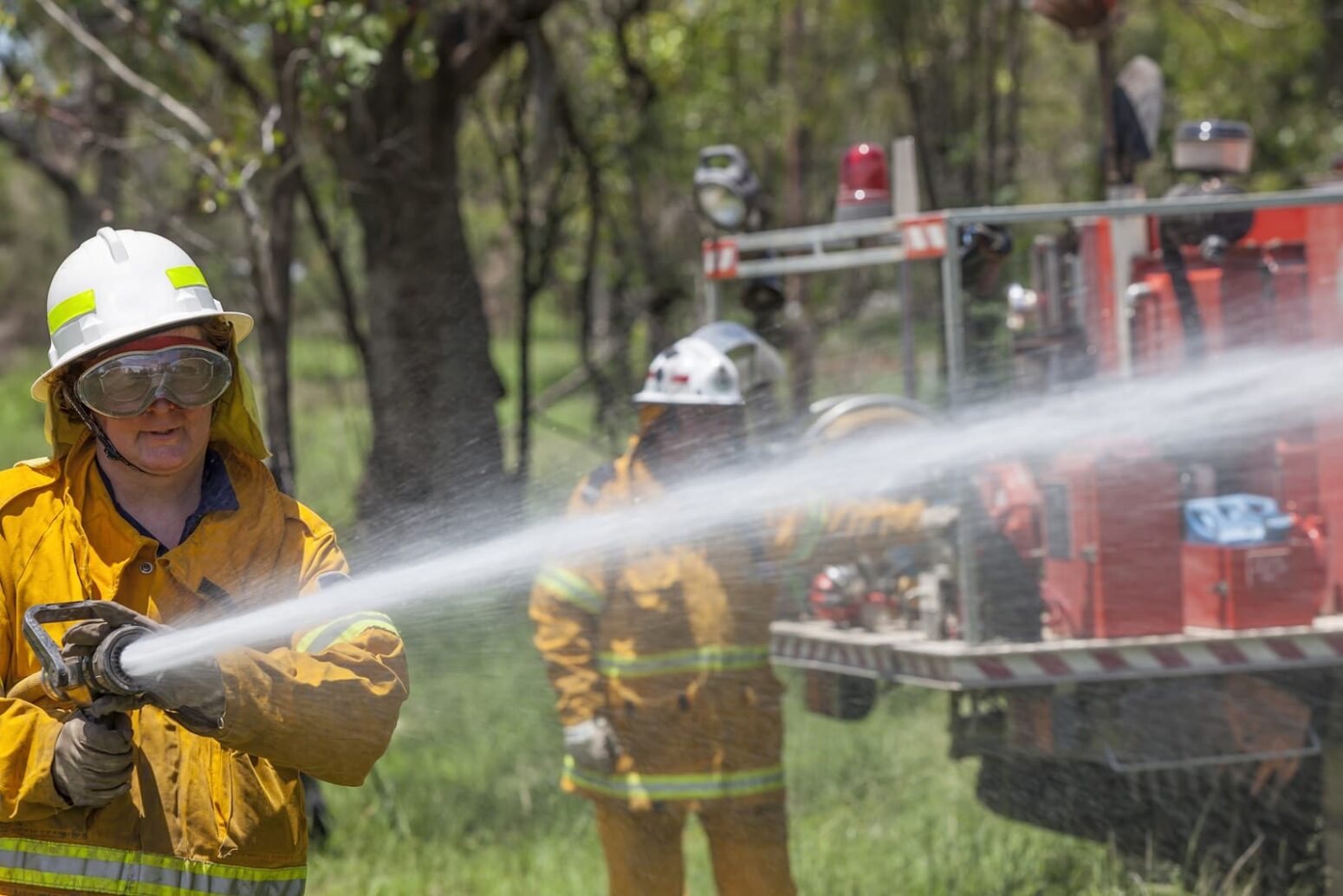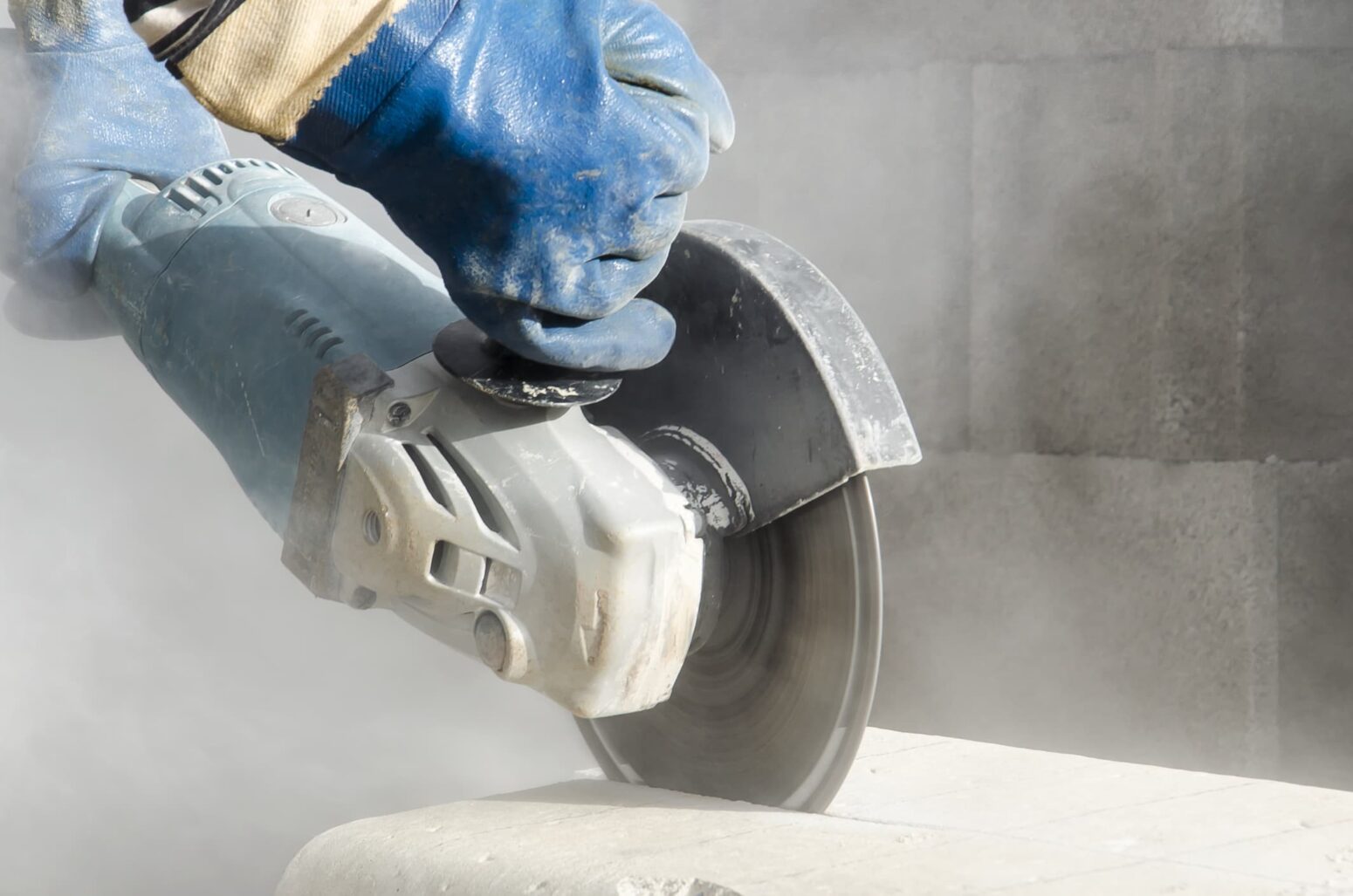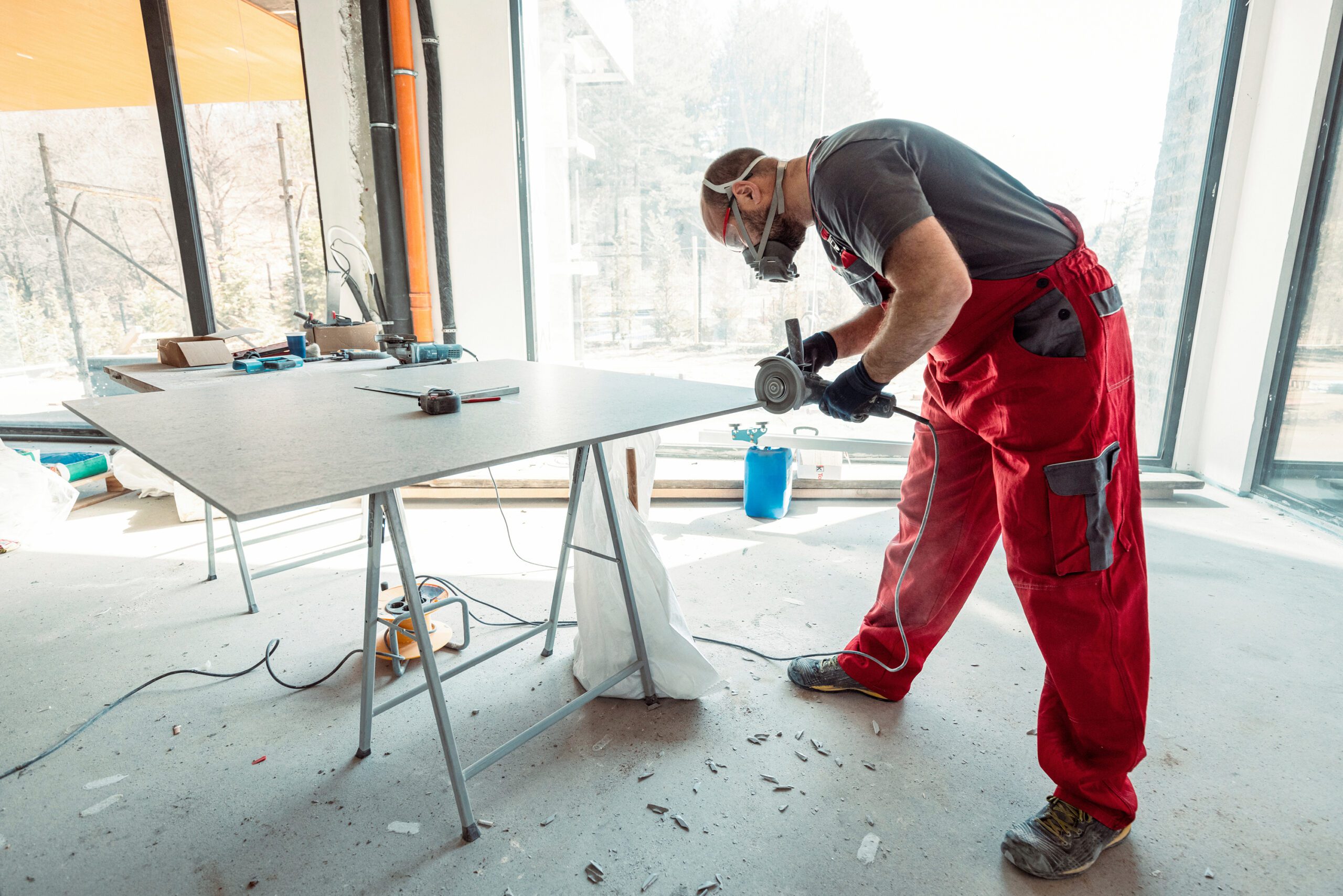
Silicosis Lawyers
If you have been exposed to Silica, we will help get the compensation you deserve.
Exposed to silica?
Exposure to silica can result in a number of health conditions. The most prevalent condition is silicosis, a permanent and progressive lung disease caused by the inhalation of crystalline silica.
Silicosis has been linked to an increased risk of developing conditions such as lung cancer, kidney disease, autoimmune disease, tuberculosis, bronchitis and emphysema. The increased use of artificial stone products containing higher concentrations of crystalline silica over marble and granite for bench tops has contributed to a rise in workers developing silicosis.
We’re here to help
Tell us a little bit about your situation and our friendly team will be in touch.
Award-winning law firm multiple years in a row.




What is silica?
Silica, also known as ‘silicon dioxide’, is a natural mineral that is present in most rocks, gravel, sand and clay. Crystalline silica, also known as ‘free silica’ is most commonly found in quartz and can also be found in cristobalite and tridymite. Exposure to breathable crystalline silica can occur through activities including:
- The excavation, moving and drilling of earth
- Mining
- Paving and surfacing
- Construction activities
- The blasting, cutting, grinding, chipping, sanding, drilling, polishing, assembly and installation of natural and manufactured stone products such as benchtops and tombstones; and
- The manufacture of asphalt, cement, bricks, china, ceramics, glass and even adhesives, paints, soaps and abrasives.
Silicosis is preventable through the establishment of workplace measures that reduce dust and thereby limit exposure, however once silicosis has been diagnosed there is no cure; instead treatments are focused on managing the symptoms.
Zaparas Lawyers are expert silicosis claims lawyers in Melbourne
If you have been diagnosed with silicosis and there is a connection between your condition and the nature of your employment, you may be entitled to claim compensation for:
- Pain and suffering
- Medical and related expenses
- Loss of income
Our team are experts in occupational diseases and have seen how traumatic the effects of silicosis can be on not just the person affected but their family and friends. We aim to take away the financial stress that comes with making a claim, which is why we offer our service on a ‘No Win, No Fee’ basis. This means that in the unlikely event that we don’t succeed in securing compensation for you, we will not charge you for any of our professional fees
If you think you might be at risk or have been exposed to silica during the course of your employment, our expert Silicosis team will sit down with you and advise you of your rights and the best possible legal path for you to take. Contact us today for a no-obligation, free initial appointment.
Our Fees
No Win, No Fee
We’ve seen how traumatic and life-changing an injury can be, so we understand how important it is that you don’t have to worry about the financial side of your claim.
Learn More About No Win – No Fee
We are a family business – and we will treat you as one of our own.
Contact us today for a free, no-obligation initial appointment.
We can help you
find out if you have a claim
What We Offer

Free no-obligation initial appointments
We get to know your story and understand your circumstances.

Home or hospital
appointments
If you can’t come to us, we can come to you.

Case
management
We advocate for your rights and manage discussions with the insurance companies.

Keep you
updated
Our team will regularly update you about the progress of your claim.

No Win,
No Fee
In the unlikely event that we don’t secure compensation for you, we will not charge you for any of our professional fees.
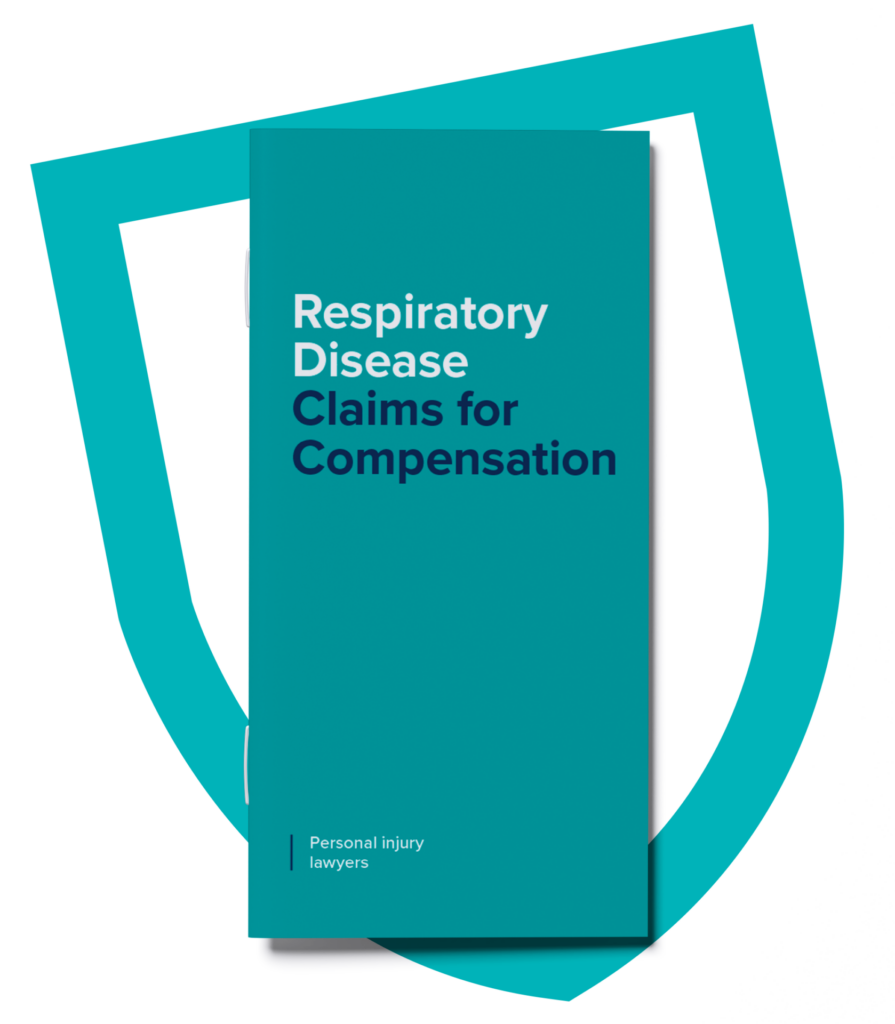
Download our free
guide on respiratory
disease claims
Our commitment to silicosis research
Zaparas Lawyers is proud to partner with The Alfred’s Occupational Respiratory Clinic and its leading researchers to help fund a groundbreaking silicosis trial, bringing us closer to a life-changing treatment for patients with advanced silicosis.


FAQs
Have a
question?
We have
the answer.
Silica, also known as ‘silicon dioxide’, is a natural mineral that is present in most rocks, gravel, sand and clay. Crystalline silica, also known as ‘free silica’ is most commonly found in quartz and can also be found in cristobalite and tridymite. Granite contains 25 per cent to 40 per cent quartz and sandstone contains on average 67 per cent quartz. Artificial stone engineered for kitchen and bathroom benchtops can contain between 70 per cent to 90 per cent crystalline silica. Exposure to breathable crystalline silica can occur through activities including:
- The excavation, moving and drilling of earth;
- Mining;
- Paving and surfacing;
- Construction activities;
- The blasting, cutting, grinding, chipping, sanding, drilling, polishing, assembly and installation of natural and manufactured stone products such as benchtops and tombstones; and
- The manufacture of asphalt, cement, bricks, china, ceramics, glass and even adhesives, paints, soaps and abrasives.
Silicosis, a form of pneumoconiosis, is a permanent and progressive occupational lung disease caused by the inhalation of crystalline silica.
The silica becomes trapped in the lungs and accumulates with exposure. Lung tissue reacts to the silica by forming fibrotic nodules, scarring and inflammation. Silicosis has been linked to an increased risk of developing other conditions such as lung cancer, kidney disease, autoimmune disease, tuberculosis and bronchitis.
Cigarette smoking can progress and/or worsen symptoms.
Silicosis is classified into three types:
- Acute: Acute silicosis can occur after a few months or a few years depending on the level and duration of exposure to high concentrations of crystalline silica. Acute silicosis tends to occur when a worker is exposed to crystalline silica in a confined space and is not wearing respiratory protection.
- Accelerated: Accelerated silicosis occurs after approximately five to 10 years of high exposure to dust-containing crystalline silica.
- Chronic: chronic silicosis is the most common form of silicosis and occurs after approximately 10-30 years of moderate to low exposure to dust containing crystalline silica. Symptoms may not be obvious until the later stages of the disease and may include fatigue, shortness of breath or respiratory failure.
Silicosis is preventable through the establishment of workplace measures that reduce dust and thereby limit exposure, however once silicosis is established there is no cure; instead, treatments are focused on managing the symptoms.
People who work in mining, quarrying, construction, ceramics, engineering and stonemasonry are among those who have the highest risk of exposure to crystalline silica.
If you or someone you know currently or previously worked in an occupation where they may have been exposed to crystalline silica it is recommended that they consult a general practitioner or specialist to determine whether they have any conditions or diseases due to the potential exposure.
Given that the period between exposure and the onset of symptoms can be lengthy by decades, early preventative measures and detection are recommended.
In June 2021, two new diseases, lung cancer with silicosis and scleroderma with silicosis, were added to Victoria’s list of proclaimed diseases. This means where a worker is or was exposed to silica dust at work in connection with manufacturing or other processes involving exposure to the inhalation of silica dust and has been diagnosed with either of these listed diseases, these diseases will now be automatically deemed to have been caused by the nature of the worker’s employment unless WorkSafe or a self-insurer proves that the disease was not due to employment.
Previously the list of proclaimed diseases included ‘silicosis with or without pulmonary tuberculosis’, where the worker has been engaged in any manufacturing or other processes involving exposure to the inhalation of silica dust. Workers or their dependants may retrospectively submit a new claim for these diseases suffered since Victoria’s workplace injury compensation scheme commenced in 1985.
If you do have silicosis and there is a likely connection between your condition and the nature of your employment is it recommended that you consult a Personal Injury Lawyer as soon as possible.
Zaparas Lawyers have a dedicated team that can assist in explaining your prospects in making a WorkCover claim, explain any WorkCover entitlements you may have and assist you in navigating the WorkCover system.
It is most beneficial that you bring all relevant documentation you have, such as completed claim forms, letters from the Insurer and your employer, medical reports, radiological investigations and any other documents that may be relevant.
Being specialists in personal injury claims, we know how hard it can be to navigate the legal process, but it can be even harder when English is your second language. That’s why we employ a diverse group of people who speak over 30 different languages to make the process as smooth as it possibly can be.
If we don’t have a lawyer who can speak your language, we also have access to a wide network of professional interpreters, meaning we’re here to help you every step of the way in a language that you understand.
When an injury is sustained, it is not only a traumatic and often life changing experience, it often causes great financial strain to the injured party and their family.
This is why for 40 years Zaparas Lawyers has fought cases on a No Win, No Fee basis. This means that in the unlikely event that we don’t succeed in securing compensation for you, we will not charge you for any of our professional fees.
You may also be entitled to other claims such as:
- Total and Permanent Disablement or Permanent Incapacity claims within your Superannuation Scheme;
- Income Protection Claim; and
- Incolink.
These schemes are dependent on your unique policy and they all hold various and specific requirements that need to be satisfied.
At Zaparas Lawyers, we have a dedicated Superannuation department who will be able to assist in exploring all your potential rights and entitlements.
In the unfortunate circumstance, where an injured worker dies as a result of their work-related injuries, the following statutory benefits compensation may be available:
- Reasonable medical and like services;
- Burial or cremation costs;
- Family counselling;
- Reasonable travel or accommodation expenses occurred by family members may be covered where:
- Death results from the injury
- A burial service or cremation service is held in respect of the worker
- The service is held at least 100KM from the normal residence of the worker’s family members and
- The travelling or accommodation expenses are incurred within Australia
- Lump sum dependency payment; and
- Weekly pension for dependent partner/s, child/ren and orphans
- Reimbursement of expenses for non-dependent family members.
A claim for statutory dependency entitlements (lump sum and weekly pensions) must be given to, served or lodged:
- within two years of the death of the worker or
- if claiming for expenses for medical and like services provided to the worker, burial or cremation or family counselling, within six months of the date of the relevant service.
In some cases, common law damages for wrongful/negligent death may be able to be pursued by dependents. Generally, this action must be commenced within six years from when the action founded on tort arose
Latest Blogs On Silicosis Injury Claims
-

New National Laws to protect Workers from Silica risk
New national laws have taken effect that give workers the right to demand multiple safety control measures, such as PPE…
-

Prohibition on the use of Engineered Stone
Safe Work Australia has recently published “the Decision Regulation Impact Statement: Prohibition on the use of engineered stone”. A report…
Helping people across Victoria.
Find your nearest office.
We’re here
to help
Use the form below to leave your details and a member of our team will be in contact. We offer free, no-obligation initial appointments. Further to that, we operate on a No Win, No Fee basis.

